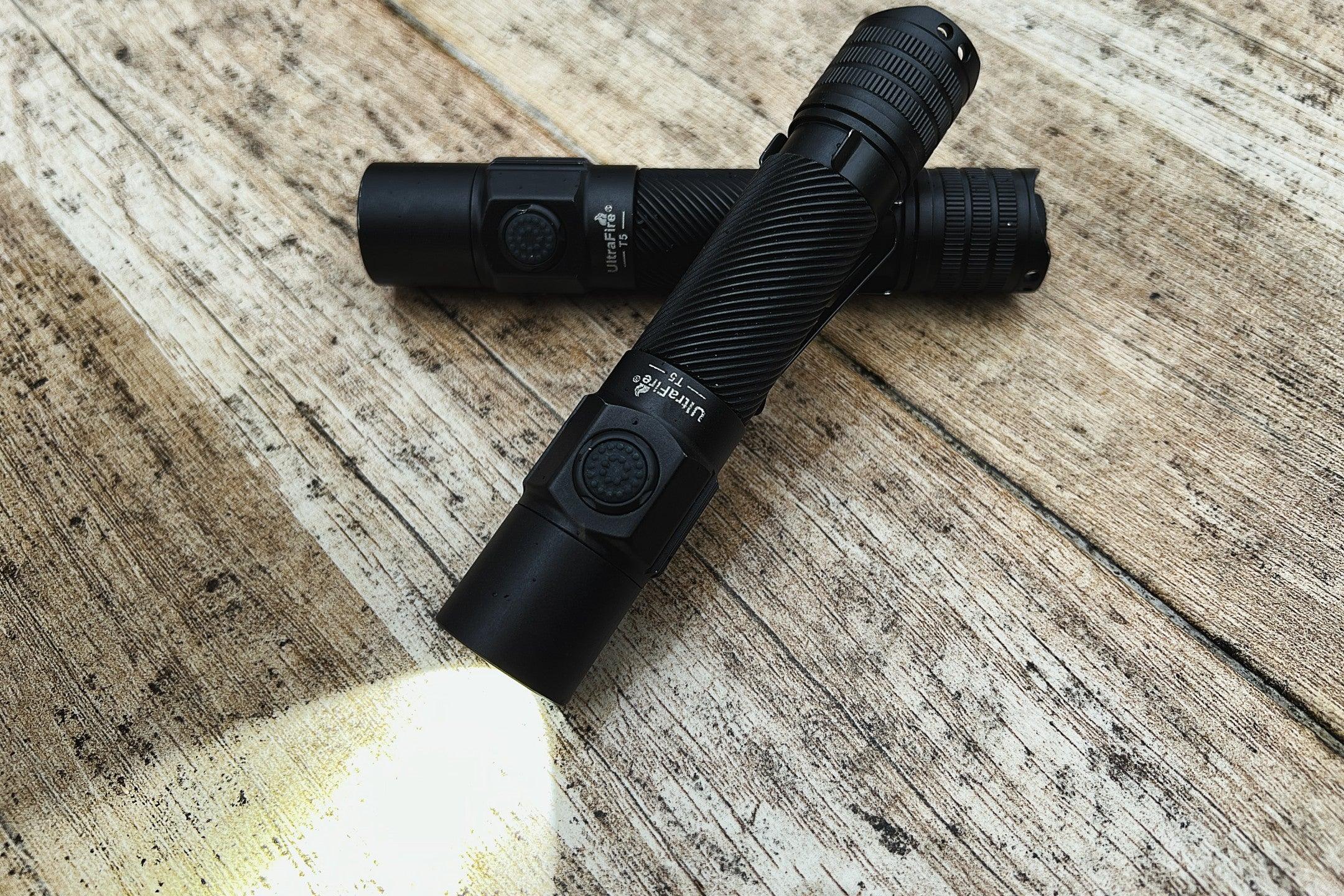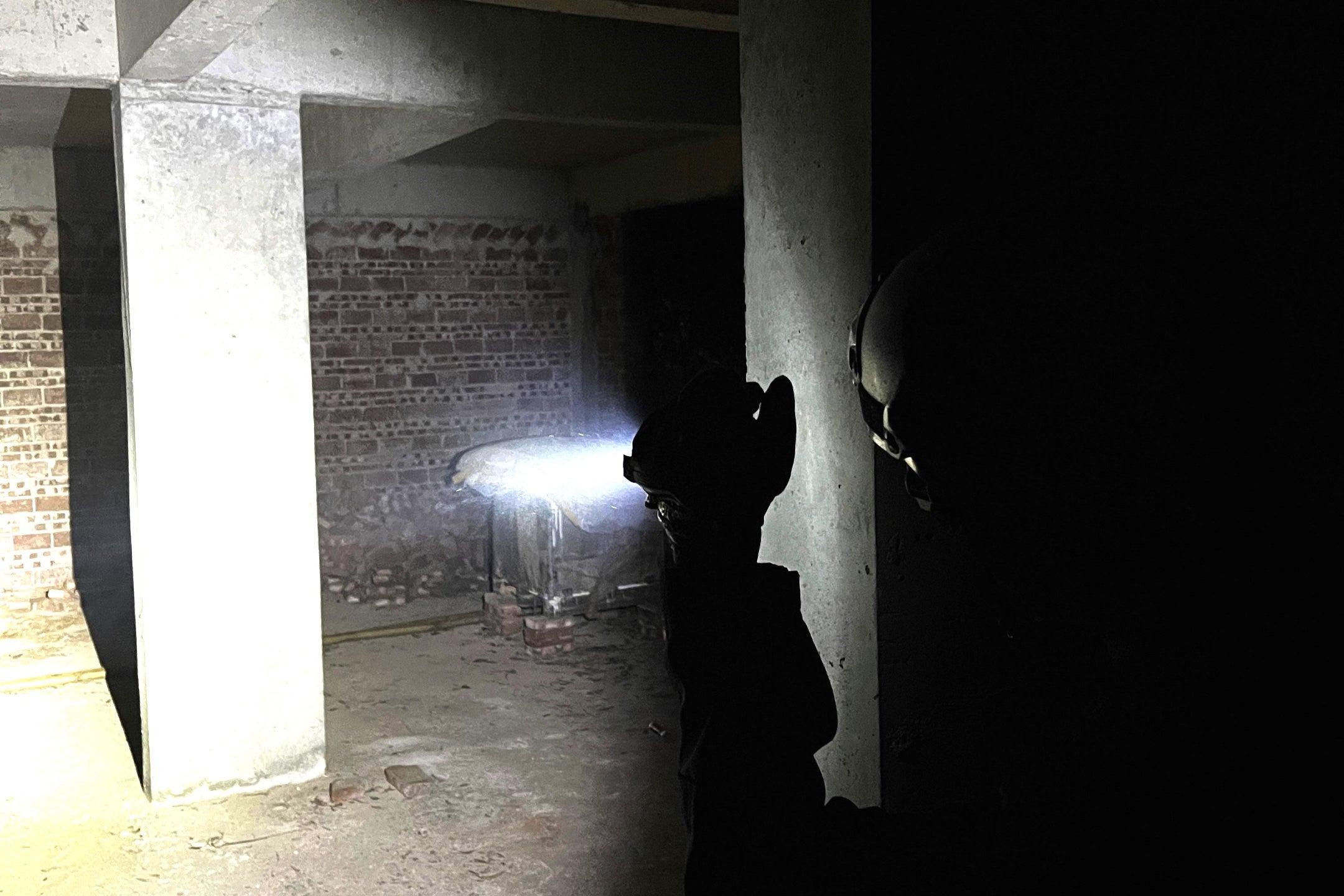Introduction
When choosing a flashlight for outdoor adventures, one of the most important considerations is its water resistance. Whether you're hiking in the rain, camping near a river, or simply using your flashlight in wet conditions, having a flashlight that can withstand exposure to water is crucial. This is where IP ratings come into play. In this article, we'll explain what IP ratings mean, how they are determined, and why they matter when choosing a flashlight for outdoor use.
What Are IP Ratings?
IP stands for Ingress Protection and is a standardized system used to measure the level of protection a device has against the intrusion of dust, dirt, and water. An IP rating is usually composed of two digits:
- The first digit indicates protection against solids (dust, dirt, etc.).
- The second digit measures the level of protection against liquids (water).
For example, an IP68 rating means the device is completely dust-tight (6) and can withstand submersion in water (8). Understanding these digits can help you choose the right flashlight for your specific needs.
How Are IP Ratings Determined?
IP ratings are determined through standardized tests that simulate various environmental conditions. The first digit is based on a range from 0 to 6, with 6 being the highest level of protection against solids. The second digit is based on a range from 0 to 9, with 9 indicating the highest level of protection against water exposure.
Here’s a breakdown of what the numbers mean:
First Digit (Protection Against Solids)
- 0: No protection
- 1: Protection against objects larger than 50mm (e.g., hands)
- 2: Protection against objects larger than 12mm (e.g., fingers)
- 3: Protection against objects larger than 2.5mm (e.g., tools, wires)
- 4: Protection against objects larger than 1mm (e.g., small tools)
- 5: Protection against dust (dust cannot enter in harmful amounts)
- 6: Completely dust-tight
Second Digit (Protection Against Water)
- 0: No protection
- 1: Protection against vertically falling water drops (dripping)
- 2: Protection against water drops when tilted up to 15 degrees
- 3: Protection against spraying water
- 4: Protection against splashing water
- 5: Protection against water jets
- 6: Protection against powerful water jets
- 7: Protection against immersion in water up to 1 meter for 30 minutes
- 8: Protection against continuous immersion in water (beyond 1 meter)
- 9: Protection against high-pressure water jets (e.g., from a steam cleaner)
Why Are IP Ratings Important for Flashlights?
When choosing a flashlight for outdoor activities, an IP rating gives you confidence that the flashlight can endure the elements. Flashlights with higher IP ratings are particularly useful for users who need reliability in extreme conditions, such as campers, hikers, police officers, and rescue teams.
Choosing the Right IP Rating for Your Needs
-
IPX4: If you're looking for a flashlight that can withstand light rain or splashes, a flashlight rated IPX4 (protection against splashing water from all directions) is a good choice.
-
IPX7 and IPX8: These ratings are more suitable for flashlights that need to endure more intense conditions. An IPX7 rated flashlight can be submerged in water up to 1 meter deep for 30 minutes, making it perfect for activities like kayaking, fishing, or hiking in wet environments. IPX8 rated flashlights can be submerged at greater depths, providing even more protection for serious water exposure.
-
IP65 to IP69K: If you need a flashlight that can handle powerful water jets (e.g., heavy rain, washing with a hose), look for a flashlight rated IP65 or higher. IP69K provides the highest protection against both dust and high-pressure water jets, making it ideal for industrial or heavy-duty use.
What to Consider When Choosing a Water-Resistant Flashlight
-
Environment: Think about where you'll be using the flashlight most often. If you're planning on using it in environments with heavy rain or near bodies of water, opt for a higher IP rating (IPX7 or IPX8).
-
Activity Level: If you’re an outdoor enthusiast who loves extreme activities such as mountain climbing or spelunking, you’ll need a flashlight that can withstand not just water but also dirt and dust, making an IP68 rating a perfect choice.
-
Durability: If your flashlight is going to face tough conditions, look for an extra layer of protection with impact resistance and shockproof features. A flashlight with a high IP rating, paired with a durable body, will give you peace of mind in any environment.
Examples of IP Ratings for Flashlights
Here are some common IP ratings you might find in flashlights:
- IP65: Water-resistant and protected against low-pressure water jets from any angle.
- IP67: Fully protected against dust and can be submerged in up to 1 meter of water for 30 minutes.
- IP68: Dustproof and can withstand continuous submersion in water at depths greater than 1 meter.
For example, the UltraFire T5 flashlight has an IP68 rating, meaning it is completely dustproof and can be submerged in water beyond 1 meter, making it an ideal choice for those who need a reliable flashlight in tough conditions.
Conclusion
The IP rating of a flashlight is a key factor in determining its suitability for different environments. Whether you're hiking in the rain or working in wet conditions, understanding IP ratings will help you choose the right flashlight for the job. Flashlights with higher IP ratings, such as IPX7 or IP68, offer superior water resistance, ensuring your flashlight can perform in even the harshest conditions.
At UltraFire, we offer a range of flashlights with high IP ratings, ensuring that your flashlight will withstand whatever challenges the outdoors throws at you. Stay prepared for any situation—choose an IP-rated flashlight today.


















